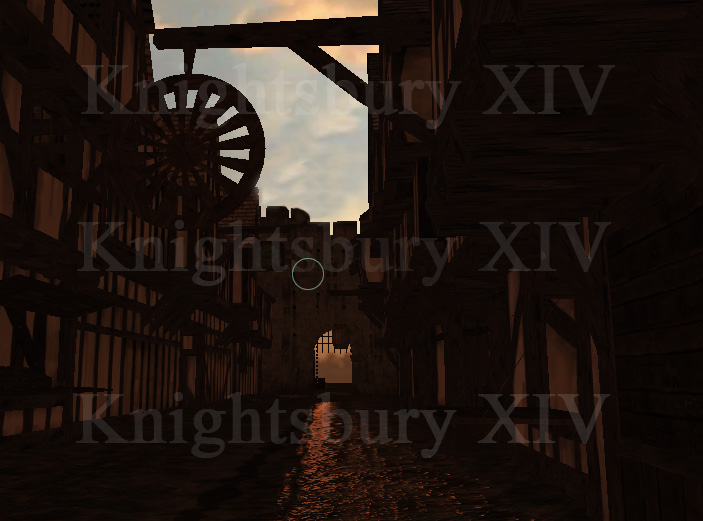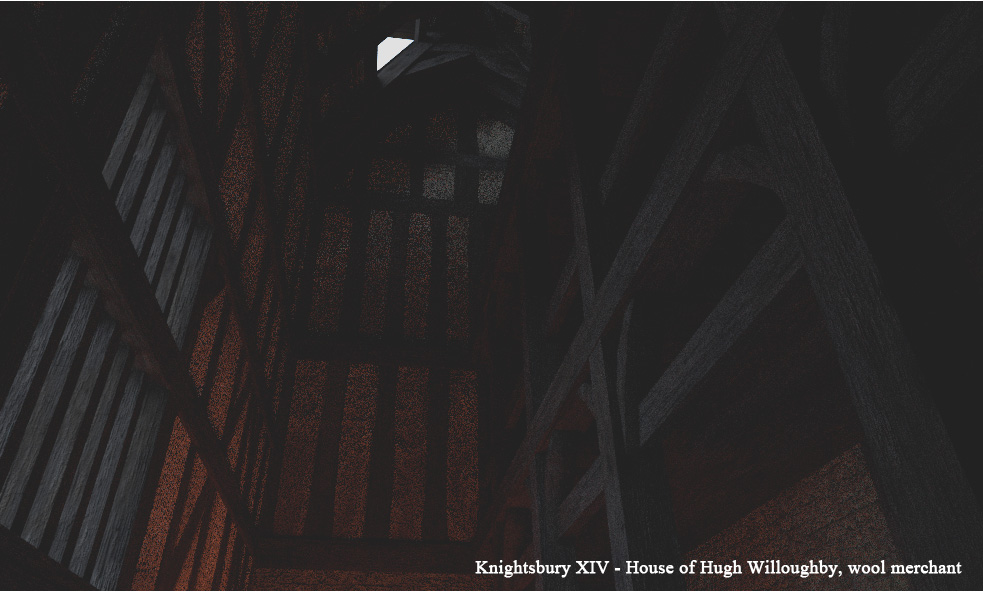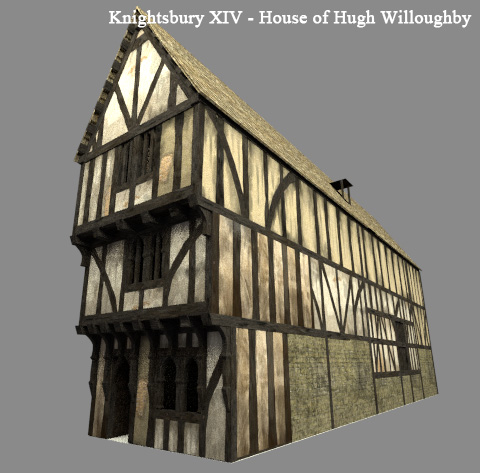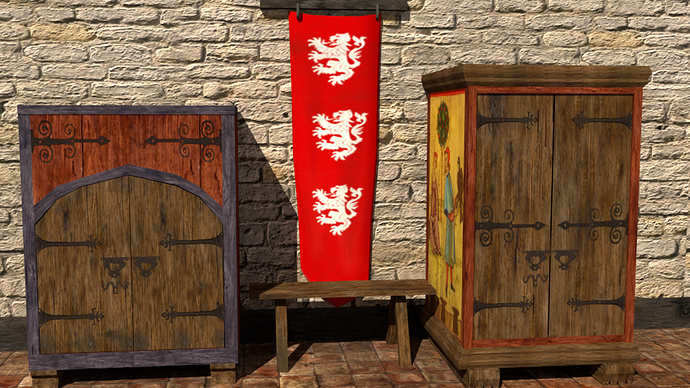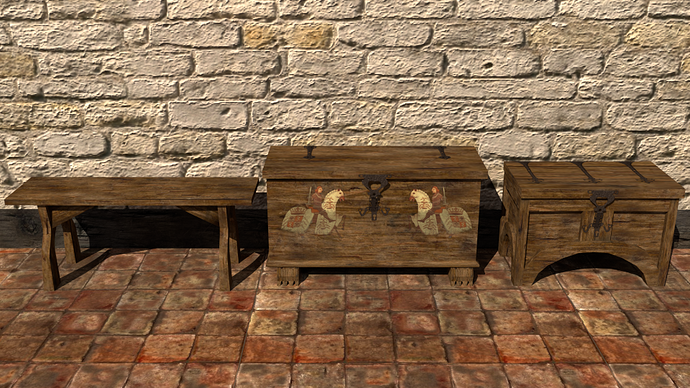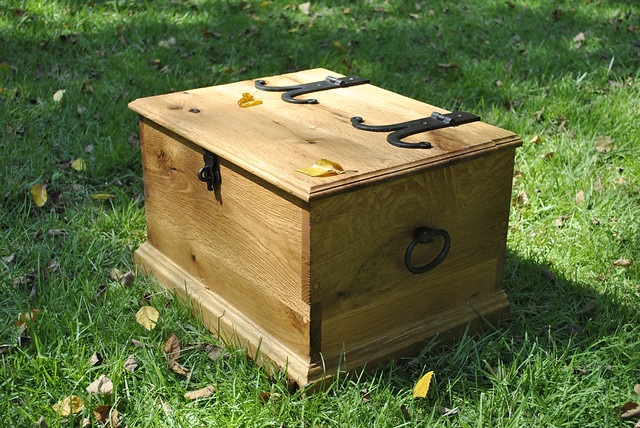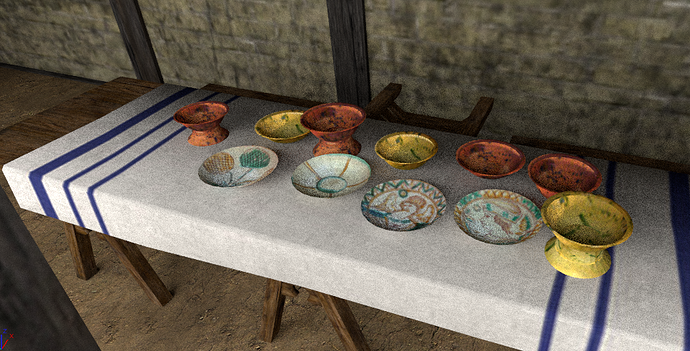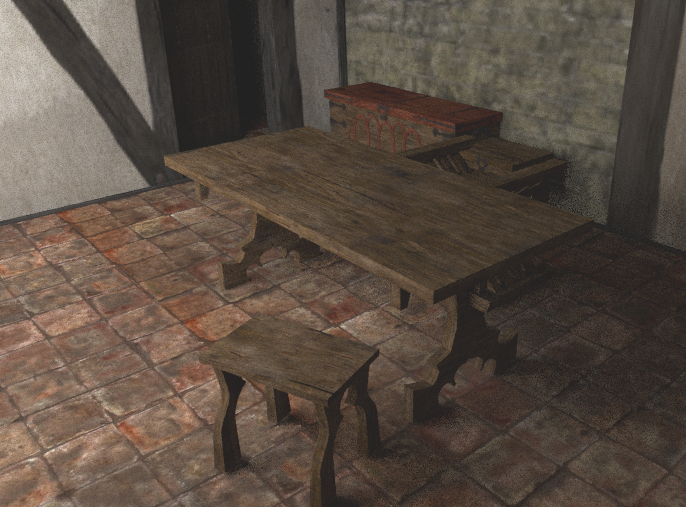Hi All.
It is finally time to start a thread on this project - of which I have been talking about for a few months now. There is a lot to say, and still a lot to do, but we (Pitibonom - nickname here on Blenderartists - and my very self) are close to the end (at least, of the demo).
Knightsbury is a fictional English town of the XIV century. It is based on the study of a series of English cities of the period (i.e. Canterbury, from which many buildings have been used as reference images).
It will be possible to visit the town, and for now (talking about the demo version which will be released in September), a part of it: High Street, with its inns, taverns, rich houses and church; Blacksmiths’ Row, with the banging of hammers on anvils; Butchers’ Row, also knows as ‘The Shambles’, and its shops with hanging meat and beefs; Tanners’ Street, where animals’ skins are left out of tanneries to dry; Cloth Street, divided between cloth dyers, up north, and cloth sellers, located near High Street; and finally, a multitude of labyrinthine side-alleys so narrow that two men cannot walk there by each other. But since a town cannot be complete without people, it will be possible to stop by and look at people’s clothes and manners, and hear what they say: from jokes, greetings, news to sermons preached by friars at the crossroads and cries of shopkeepers.
The very question which made us embark onto this project is: what was it like to live in the past? What was it like to live in a medieval town? One thing is actually taking a stroll through the streets and look at the architecture, the other is combining this with an actual total immersion into the past. Therefore, panels with information will pop up to learn more about life in a city, as for example laws, codes, building techniques and so on, although a great deal of stuff will be learnt by simply observing what’s going on all around.
Obviously, a 100% accurate understanding of the past is far from possible; however, a thorough study of all the sources which the middle ages have left behind - from documents and poems to frescoes, illuminated manuscripts, manufactures and archaeological remains - can give us the elements which, if put together, can enlighten our understanding of those who shaped part of our life-style today.
Knightsbury XIV will be as accurate as possible. I personally study history and archaeology at the University of London, and have carried out a lot of research before even beginning the modelling part. Pitibonom is in love with history too, and his contribution to my understanding of many things has been way more than essential.
The great majority of things you will see or hear in the demo are historically accurate, however, a few mistakes will be undoubtedly present; this said, one of the amazing aspects of technology is that it permits us to make corrections without the minimum effort, so, when (hopefully) people more expert than me will point out mistakes etc., those will be corrected as soon as possible.
We are currently working on the website of Knigthsbury XIV, which will have an entire page dedicated to the bibliography and reference images used.
A few things about the making of: all models have been made in blender, and are low-poly, around 1000 faces per house. The textures were created in PS, re-working and putting together other textures taken from personal photos, CGtextures sites, and some awesome timber textures given to me by Doug Turner (3dMedieval here on BA), who has always believed in the project, has been incredibly helpful and whom I’ll never thank enough for his endless support.
Pitibonom, the true magician of the project, is putting together all the models in Unity3d, creating an awesome world which literally opens its gates and unravels its inner wonders.
Here are a couple of shots: the first one is a view of High Street (the main street near what will be WestGate) at dusk, and a row of rich townhouses that will be found further down on High Street.
The house with a hanging wounded arm belongs to a physician - note the elaborate composition of bricks (also found in the house of Edwin Wooller) and the bright colours used to paint the plaster; XIV century people advertised their professions through hanging signs, which were either three dimensional objects (a barrel for a brewery, scissors for a tailor, a wheel for a wheelwright and so on) or painted signs; surgeons and physicians either had a wounded arm (a wooden arm with a bloodied band) or exposed a bowl of blood out of their premise.
The demo will be released on Michaelmas (29th September) 2013. A presentational video will soon be posted.
Stay tuned!
Manorial and Pitibonom

